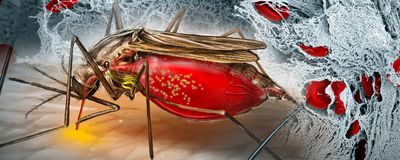parasite
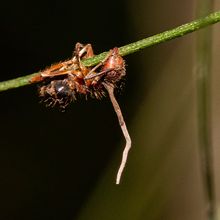
Zombie Fungi Hijack Hosts’ Brains
Hannah Thomasy, PhD | Oct 29, 2024 | 10+ min read
Mind-controlling fungi are changing the ways that scientists understand host-parasite relationships.
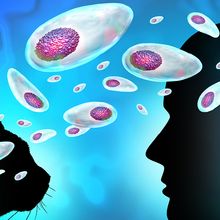
Genetically Engineered Parasites Smuggle Therapeutics into the Brain
Hannah Thomasy, PhD | Oct 23, 2024 | 4 min read
Scientists modified Toxoplasma gondii to deliver a potential Rett Syndrome therapeutic to the mouse brain.
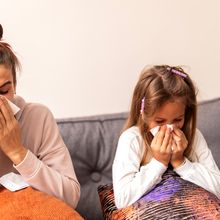
A Better Mucus Model
Aparna Nathan, PhD | Aug 20, 2024 | 4 min read
A more realistic model of the mucus layer that lines the lungs and gut could provide important insights into the function of this critical defensive barrier.
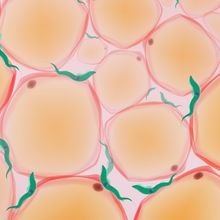
Lose the Fat and Curb Parasitic Infection
Mariella Bodemeier Loayza Careaga, PhD | Mar 1, 2024 | 2 min read
Trypanosoma brucei infection induces fat breakdown, but this strategy benefits the host.
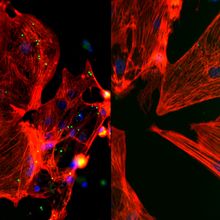
Parasite Drove Natural Selection in Amazonian Indigenous Groups
Natalia Mesa, PhD | Mar 13, 2023 | 4 min read
The findings could help researchers understand why some individuals are more vulnerable to deadly Chagas disease.
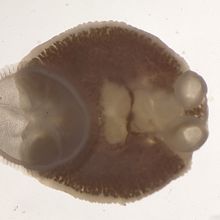
Ecologists Use Museum Specimens to Dig into the Parasitic Past
Ian Rose | Mar 1, 2023 | 4 min read
New techniques to quantify what lived in and on preserved animals throw light on how parasite abundance has changed over time.
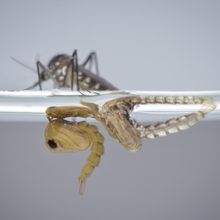
In Vitro Malaria Sporozoite Production May Lead to Cheaper Vaccines
Katherine Irving | Jan 20, 2023 | 4 min read
A method for culturing the infectious stage of the Plasmodium lifecycle could increase malaria vaccine production efficiency by tenfold, study authors say.

Toxoplasma-Infected Wolves More Likely to Lead Packs, Study Finds
Katherine Irving | Nov 29, 2022 | 3 min read
The parasite appears to make infected wolves less risk-averse, potentially influencing the behavior of packs.
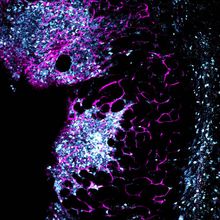
How Fat Cells Help Kick Parasites Out of Mice: Study
Natalia Mesa, PhD | Oct 14, 2022 | 3 min read
Immune cells get a lot of shine when it comes to fighting infection, but it turns out that fat might be just as important for removing parasitic invaders.

How Mange Remade an Ecosystem
Shawna Williams | Jul 5, 2022 | 5 min read
A study traces the effects of a mite outbreak from the earth to the heavens.
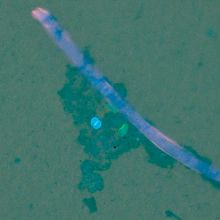
Microplastics in Seawater May Harbor Parasites
Christie Wilcox, PhD | Apr 26, 2022 | 2 min read
Laboratory experiments find that Toxoplasma, Cryptosporidium, and Giardia can congregate on microplastic beads and fibers, suggesting they might make their way into and around the world’s oceans by hitching rides on tiny bits of trash.

WHO Scientist Mwele Malecela Dies at 59
Pradip Chatterjee | Mar 4, 2022 | 3 min read
Her achievements included developing a roadmap to tackle neglected tropical diseases.
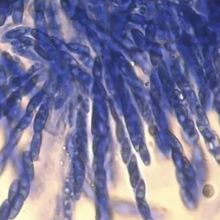
Researchers Resurrect Coffee-Destroying Fungus—to Study It
Chloe Tenn | Jan 4, 2022 | 4 min read
Comparing the genomes of modern pathogens with those of cryopreserved strains from several decades ago shed light on the evolution of coffee wilt disease outbreaks in Africa.
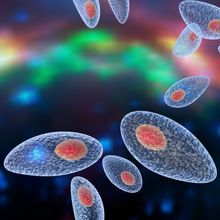
Turning Toxoplasma Against Cancer
Annie Melchor | Jan 3, 2022 | 9 min read
Several research groups have found that Toxoplasma gondii infection can ramp up antitumor immune responses in mice. Can the single-cell parasite be used to develop safe treatments for humans?

Scratchy Scalps Help Glue Together Pieces of an Ancient Past
Chloe Tenn | Dec 29, 2021 | 3 min read
Scientists find human DNA preserved in lice cement from the heads of South American mummies.
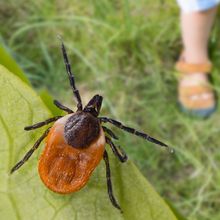
A Lab-Stage mRNA Vaccine Targeting Ticks May Offer Protection Against Lyme and Other Tick-Borne Diseases
Andaleeb Sajid | Nov 18, 2021 | 3 min read
NIH researcher Andaleeb Sajid discusses her study’s finding that ticks were unable to feed on vaccinated guinea pigs, preventing transmission of the pathogen that causes Lyme disease.
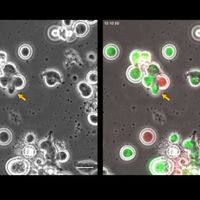
Cancer Cells Parasitize Other Ones to Survive: Study
Marcus A. Banks | May 13, 2021 | 3 min read
Tumor cells missing a critical protein enter neighboring cells to sap their nutrients, then exit those hosts as intact cells, possibly primed to metastasize. Other scholars say it’s too early to know this for sure.
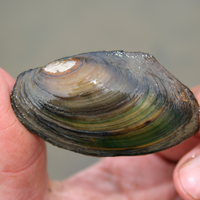
Conservation Biologists May Unintentionally Spread Pathogens
Amanda Heidt | Apr 19, 2021 | 5 min read
When conservationists relocate species, they don’t always account for the pathogens hitching a ride, and the consequences of introducing them to a new environment.
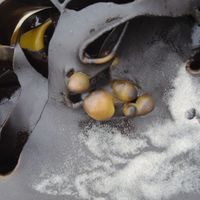
Kelp Pathogen Has Spread Across the Southern Ocean
Chris Baraniuk | Apr 5, 2021 | 3 min read
Scientists suspect the gall-forming protist Maullinia hitches a ride on kelp rafts to reach new host populations at far-flung sites.
